Choosing between a custom dynamic mic and a condenser mic OEM design is a crucial step in any vocal mic development...
How to Choose the Right Wireless Frequency Band for Your Market
Introduction: The Importance of Choosing the Right Frequency
As wireless audio becomes a global standard across education, content creation, and corporate settings, selecting the correct wireless frequency band is more critical than ever. Whether you're comparing lavalier 2.4GHz vs UHF options or customizing mic export settings for different regions, choosing the wrong band can mean legal trouble, performance issues, or failed market entry.
In this guide, we’ll walk through how to choose the right wireless mic frequency for your region or product line, ensuring compliance, compatibility, and customer satisfaction.
Understanding Wireless Frequency Bands in Microphones
A wireless frequency band refers to the specific range of radio waves used to transmit audio signals from a microphone to its receiver. The two most common ranges are:
• 2.4GHz ISM Band: Unlicensed, used globally, same as Wi-Fi/Bluetooth
• UHF Band (470–698 MHz depending on country): Requires regulation compliance but offers professional-grade performance
These bands determine sound quality, stability, range, and the number of simultaneous channels supported.
Comparing Lavalier 2.4GHz vs UHF Systems
The choice between lavalier 2.4GHz vs UHF can be boiled down to a few key considerations:
Feature | 2.4GHz Lavalier | UHF Lavalier |
Licensing | Unlicensed | Licensed or restricted |
Compatibility | Global | Region-specific |
Range | Moderate (30–60 ft) | Long (100–300 ft) |
Interference | High (Wi-Fi overlap) | Low with coordination |
Multi-channel Use | Limited (4–8 channels) | Extensive (up to 48+) |
Cost | Lower | Higher |
Each has pros and cons depending on the environment and use case. OEMs must consider both performance and legal restrictions when designing products.
Global Regulations and Market-Specific Frequency Approvals
Wireless frequency band availability varies greatly across countries. Using a restricted band in a target region can lead to product bans or fines.
Here’s a quick breakdown:
Feature | 2.4GHz Lavalier | UHF Lavalier |
Licensing | Unlicensed | Licensed or restricted |
Compatibility | Global | Region-specific |
Range | Moderate (30–60 ft) | Long (100–300 ft) |
Interference | High (Wi-Fi overlap) | Low with coordination |
Multi-channel Use | Limited (4–8 channels) | Extensive (up to 48+) |
Cost | Lower | Higher |
Checking each region’s most up-to-date regulations is vital when setting mic export settings for global shipments.
How Mic Export Settings Affect Frequency Choices
When exporting lavalier mic systems, customizing mic export settings ensures regulatory approval. These settings typically include:
• Frequency presets aligned with destination country
• Labeling (frequency band shown on packaging/manual)
• Firmware adjustments to lock or disable unsupported bands
• Regional certifications pre-applied (e.g., FCC, CE, RoHS)
OEM manufacturers should work with clients to create export-ready packages by market.
Pros and Cons of 2.4GHz Lavalier Systems
2.4GHz lavaliers are increasingly popular due to their plug-and-play convenience. Key benefits include:
Pros:
• License-free in nearly all countries
• Compatible with smartphones, tablets, laptops
• Smaller form factor and cost-effective
• Easy setup for end users
Cons:
• Shares frequency with Wi-Fi/Bluetooth → more interference
• Shorter range in congested environments
• Lower audio fidelity for multi-channel events
Ideal for: vloggers, YouTubers, educators, and mobile content creators.
Pros and Cons of UHF Wireless Microphone Systems
UHF systems remain the top choice for professional use in large venues.
Pros:
• Wider frequency range with cleaner transmission
• Longer distance and more stable signal
• Allows multi-mic setups without overlap
• Better penetration through walls or objects
Cons:
• Often requires licensing
• Different bands for different countries
• Higher unit and certification cost
Ideal for: live performances, broadcast, film, multi-speaker events.
Common Use Cases by Frequency Band
Matching the right wireless frequency band to the target use case ensures better performance:
Application | Recommended Band |
Vlogging/YouTube | 2.4GHz |
Conferences | UHF |
Classrooms | 2.4GHz |
Film/Broadcast | UHF |
Fitness Studios | UHF or 2.4GHz (IPX rated) |
This is especially useful when designing mic kits for niche industries through OEM contracts.
Frequency Coordination in Crowded Environments
Using multiple wireless systems in one location requires careful planning, especially for UHF bands. Best practices include:
• Scanning for open frequencies before use
• Avoiding Wi-Fi overlap when using 2.4GHz
• Using frequency agility or auto-scan features
• Employing directional antennas for better signal control
Mic systems with smart coordination features are in high demand for event and corporate use.
Choosing the Best Band for OEM Product Development
OEM clients should base frequency selection on:
• Target region (UHF ranges differ worldwide)
• Primary use case (education, content creation, etc.)
• User tech skills (consumer vs. pro)
• Budget and size constraints
• Distribution model (retail, B2B, institutional)
A hybrid strategy offering both lavalier 2.4GHz vs UHF options allows maximum market flexibility and brand scalability.
Adapting to Frequency Reallocation and Future-Proofing
Governments often reallocate radio frequencies for telecom or broadcasting. OEMs and brands must future-proof by:
• Including firmware updates to shift frequencies if required
• Designing dual-band systems
• Maintaining compliance with changing national laws
Flexibility is key to long-term viability in the lavalier mic international market.
Dual-Band and Smart Frequency Mics: The New Standard?
Emerging mic systems feature:
• Dual-band capability (switch between UHF and 2.4GHz)
• AI-assisted channel selection
• Remote monitoring and adjustments via apps
• Auto-sync multi-channel support
These systems reduce setup friction and enable usage in variable environments, making them a strong selling point in mic export settings.
Case Study: Exporting Wireless Mics to 3 Different Markets
A professional audio brand approached our factory with a global expansion plan. Their goal: sell one wireless mic system across the U.S., EU, and Japan.
Challenges:
• Each region had different UHF allocation
• Japan prohibited 2.4GHz for certain indoor broadcasts
• FCC and CE compliance required
Solution:
• Three firmware versions with locked frequency presets
• Unified branding and multi-language packaging
• Localized certification documentation
This frequency-conscious OEM approach reduced rejection risk and improved time-to-market by 28%.
Frequently Asked Questions (FAQs)
1. What’s the difference between 2.4GHz and UHF for wireless mics?
2.4GHz is global and license-free but suffers from more interference. UHF offers better range and clarity but must follow local frequency rules.
2. Is it legal to use any wireless mic band worldwide?
No. Each country regulates available bands. Always align mic export settings with destination laws.
3. Can I use one mic model for all markets?
Only if it’s dual-band or regionally customized. Otherwise, frequency settings must be adapted per country.
4. What certifications do I need for mic exports?
Common ones include CE (Europe), FCC (U.S.), RoHS, and sometimes Telec (Japan) or MIC (China).
5. Which is better for schools and online teaching?
2.4GHz is typically preferred due to ease of use and compatibility with laptops and tablets.
6. What should OEM clients look for in frequency planning?
Compliance, stability, regional demand, and flexibility in firmware and hardware design.
Conclusion
Choosing the right wireless frequency band is more than a technical decision—it’s a strategic one. Whether you're comparing lavalier 2.4GHz vs UHF options or managing regional mic export settings, aligning your product with regulatory and performance needs will shape your brand’s success in competitive global markets.
Work with an experienced OEM partner who understands frequency regulations, can localize products by region, and supports your long-term scalability.
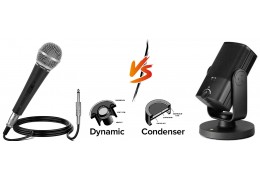
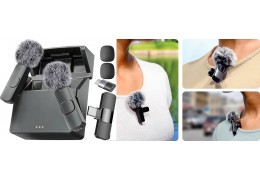


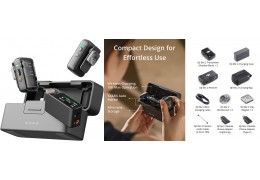

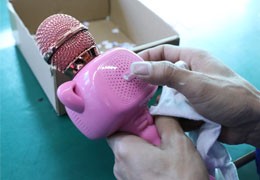

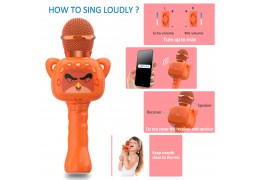
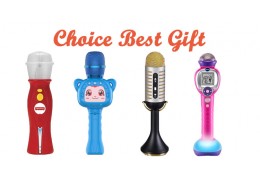



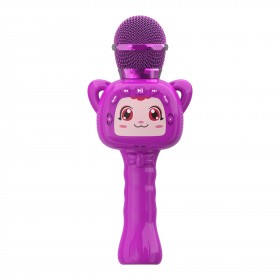

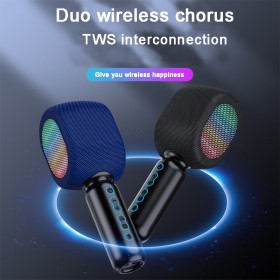
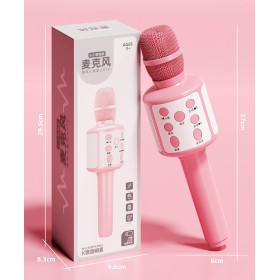
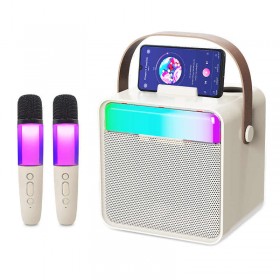
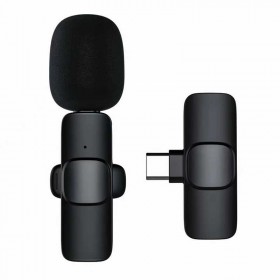

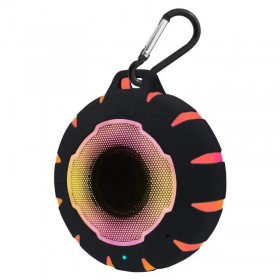
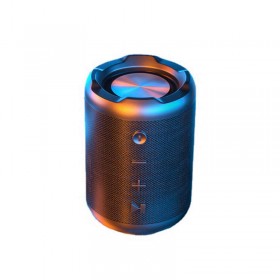
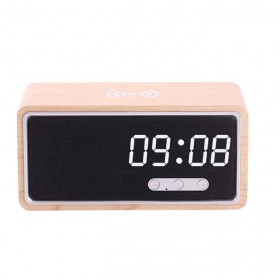
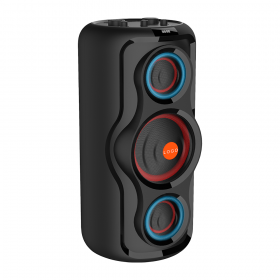
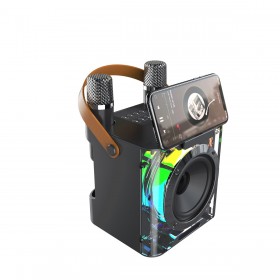
Latest comments